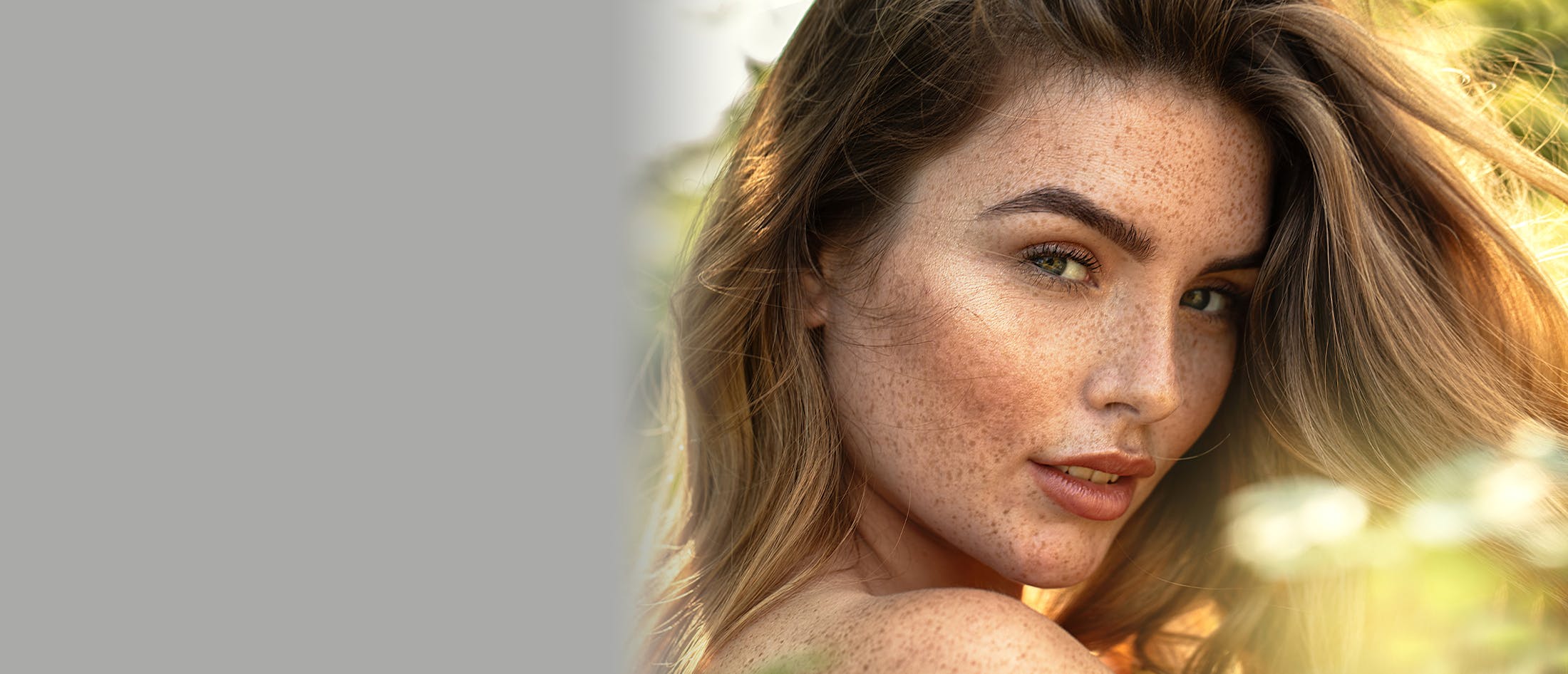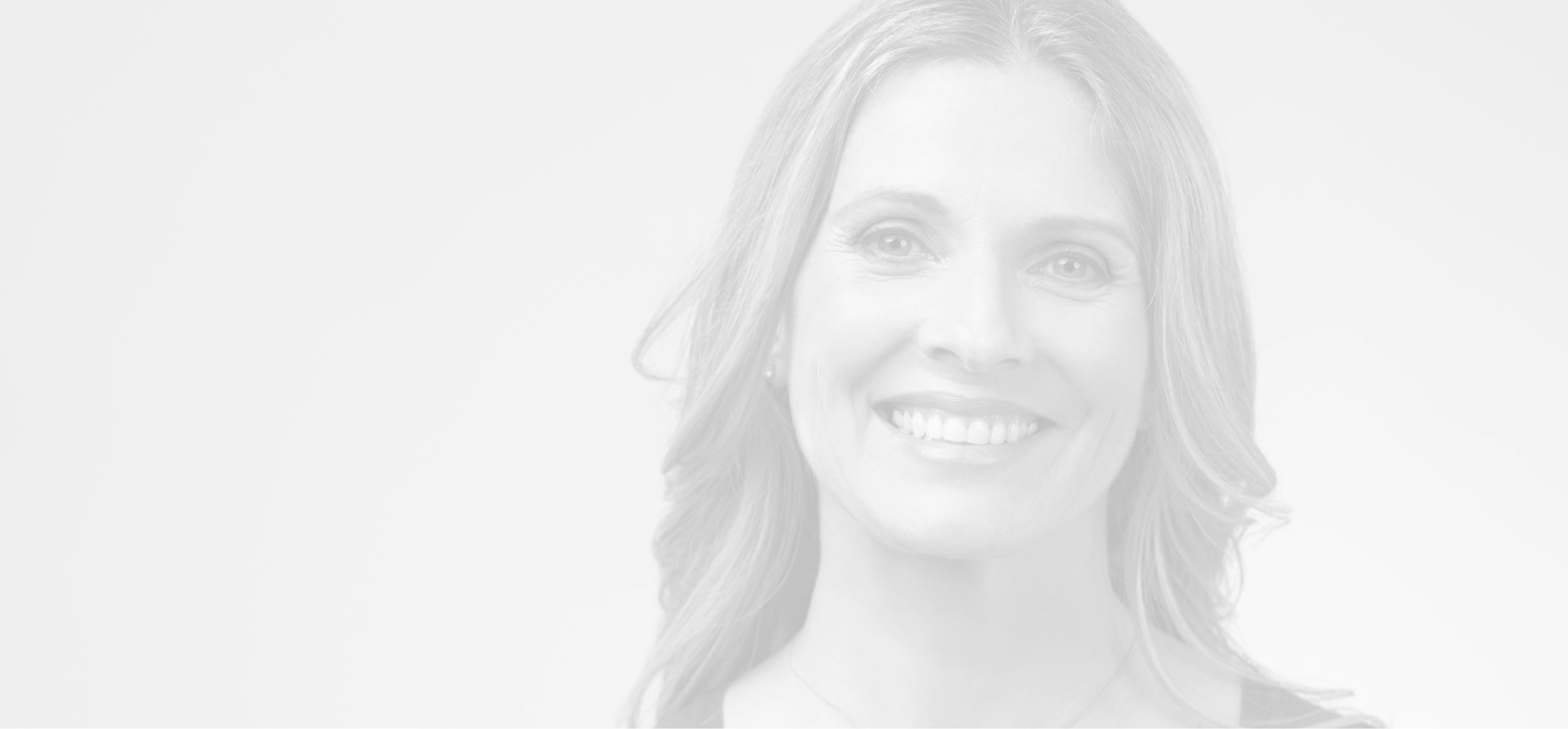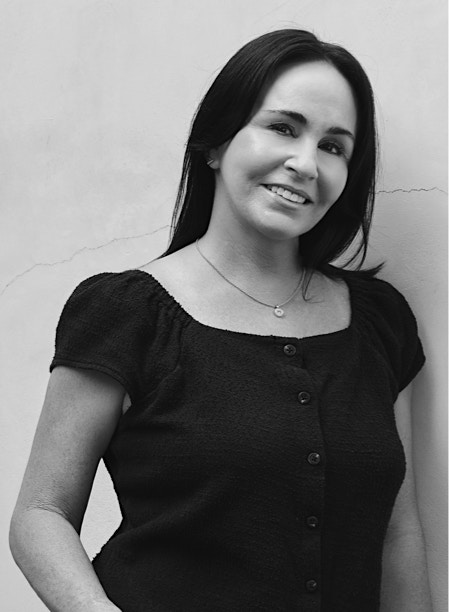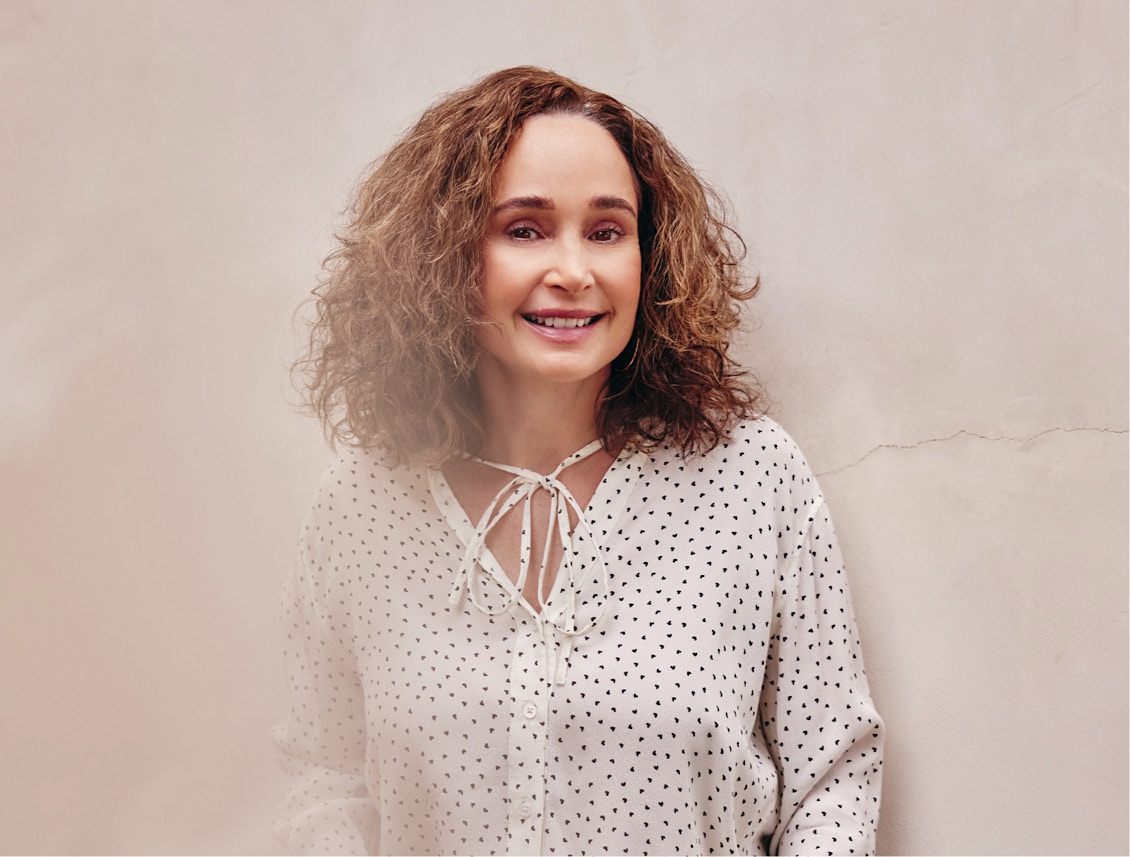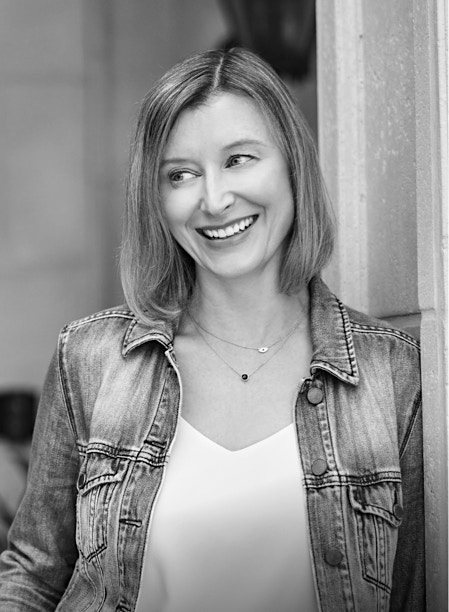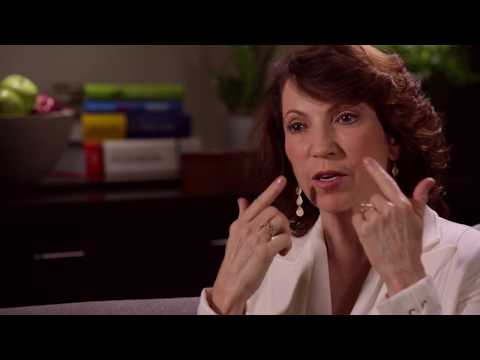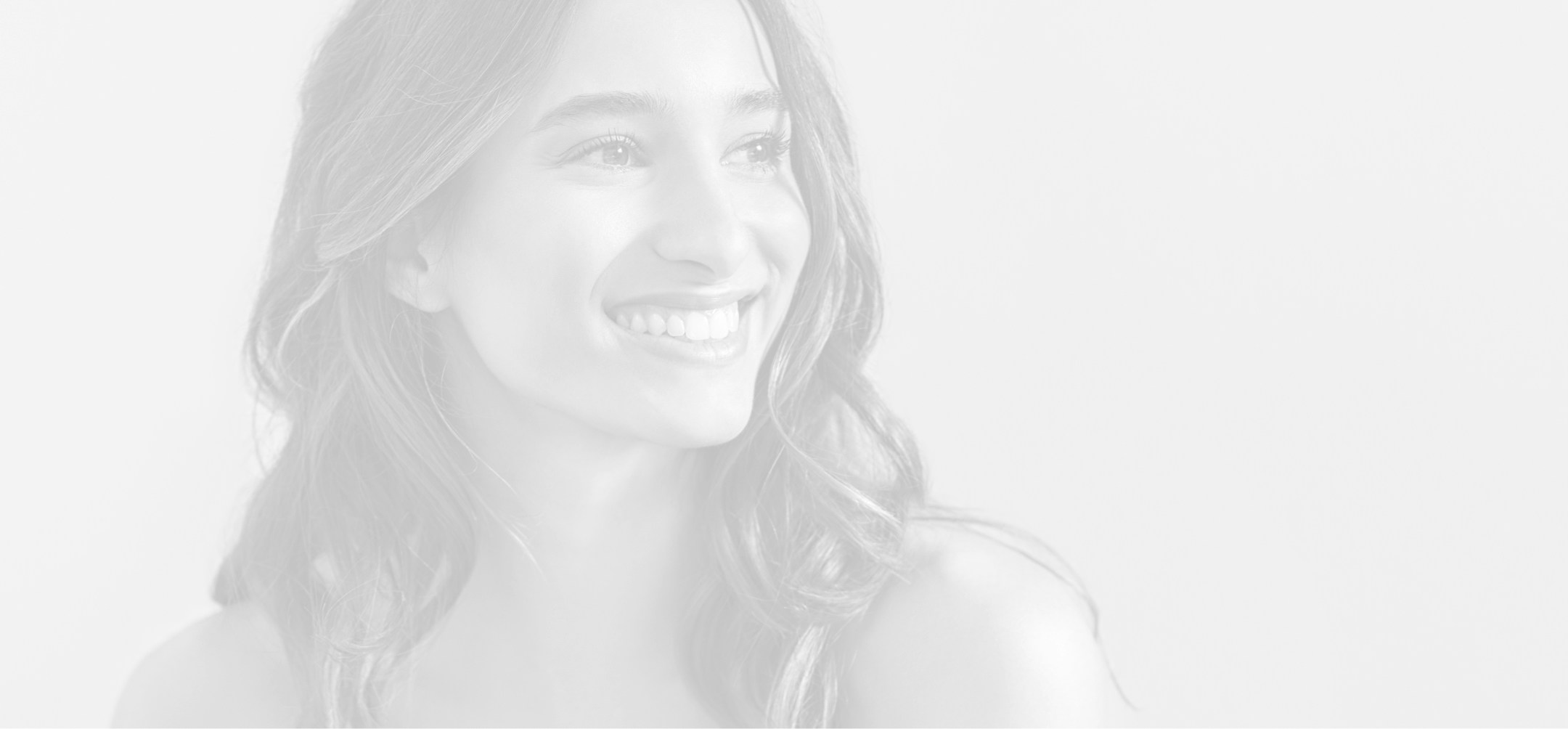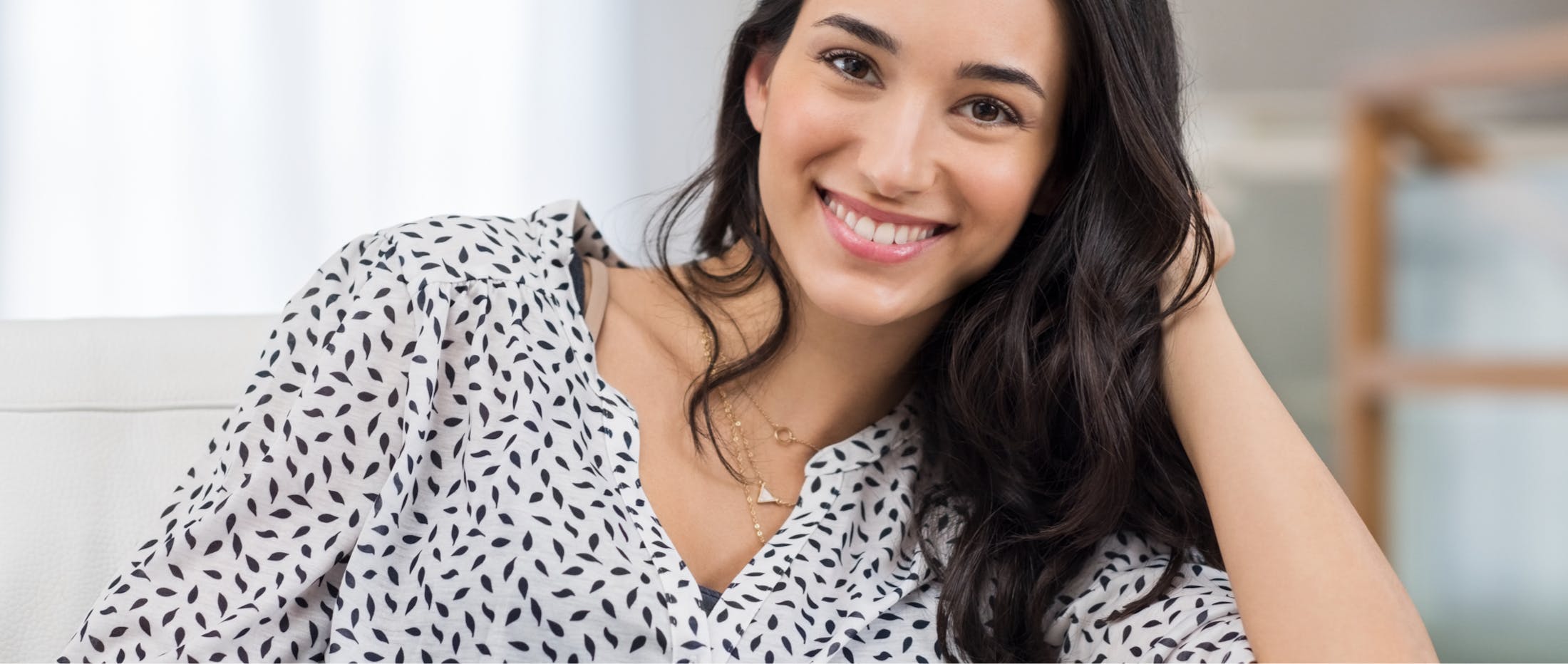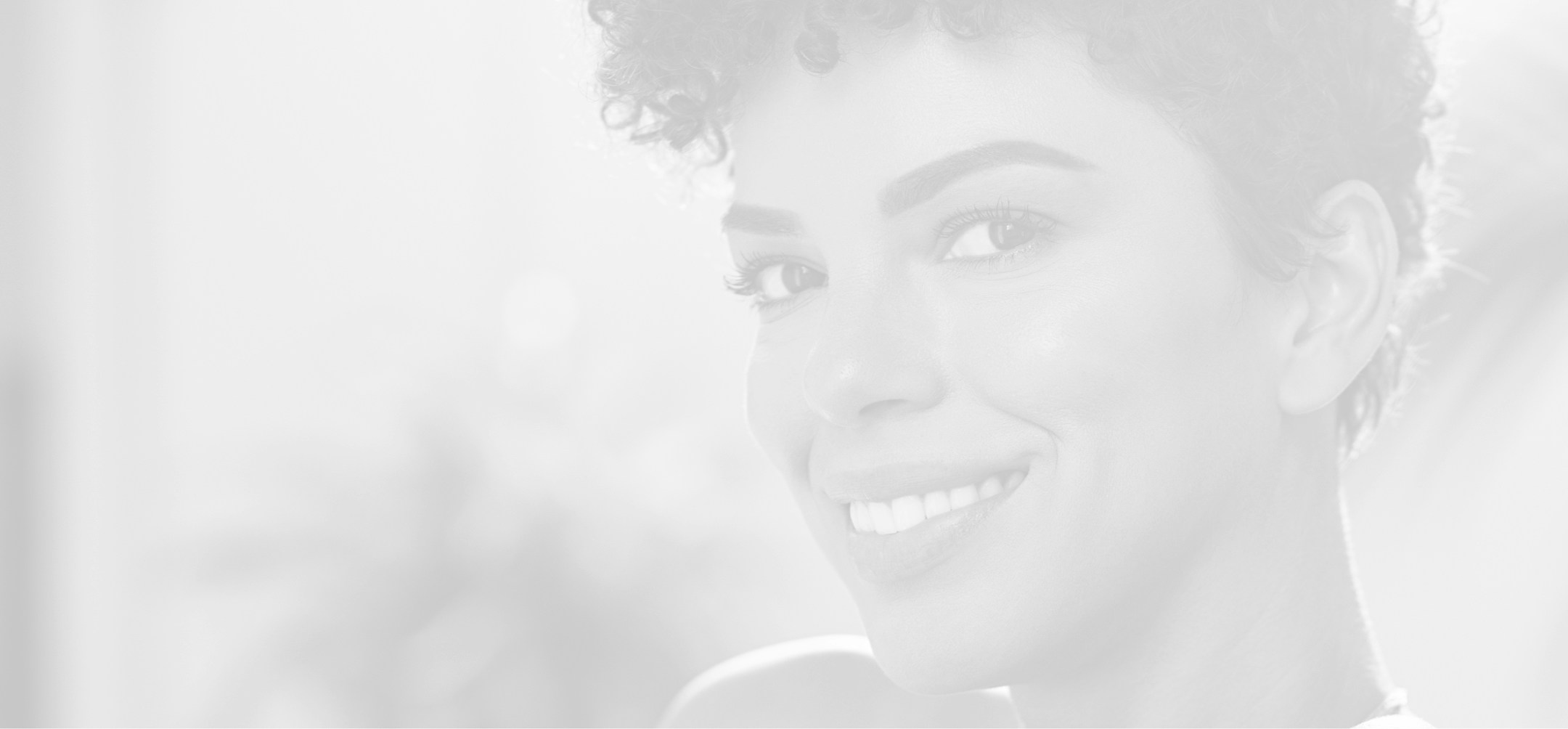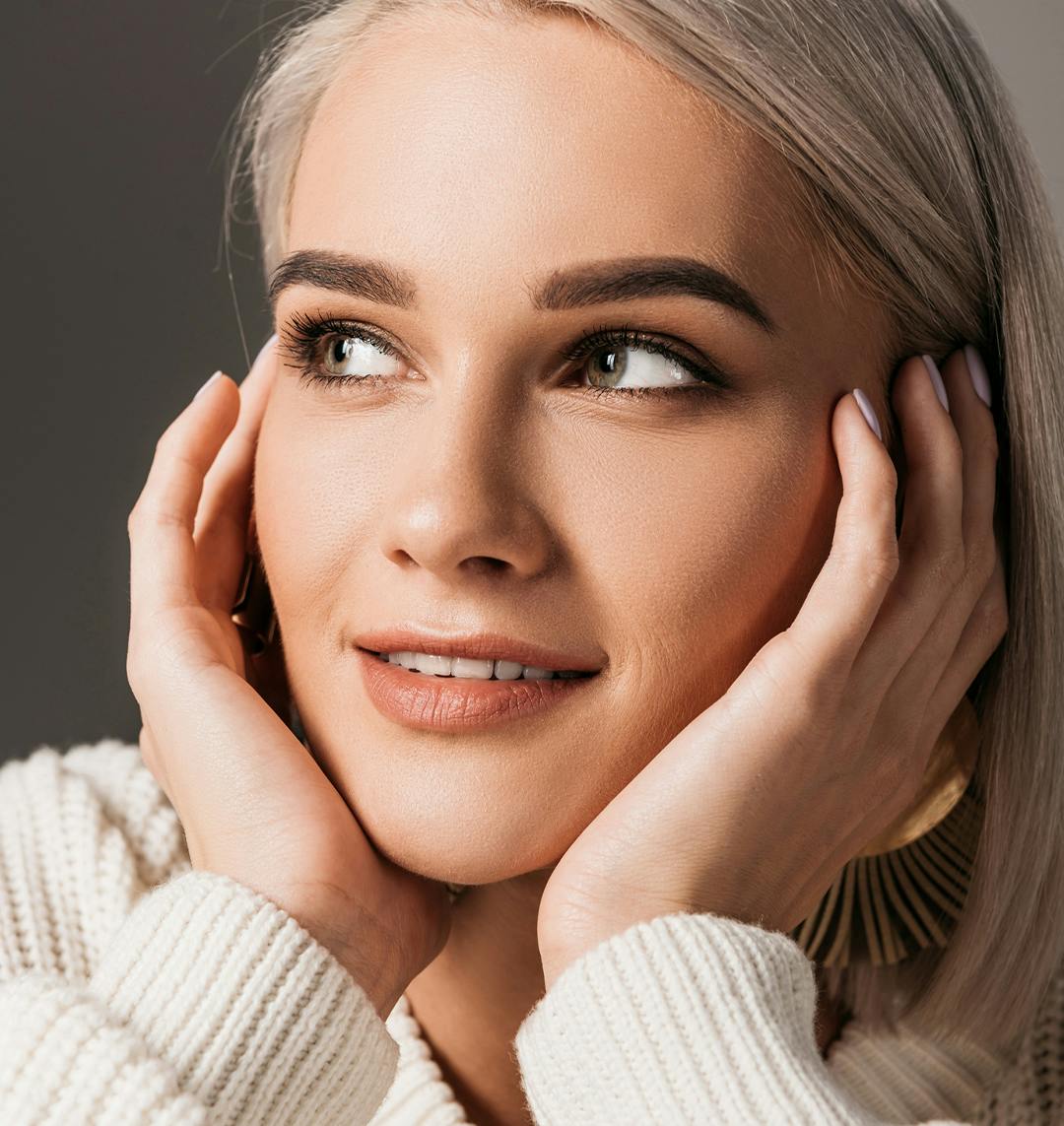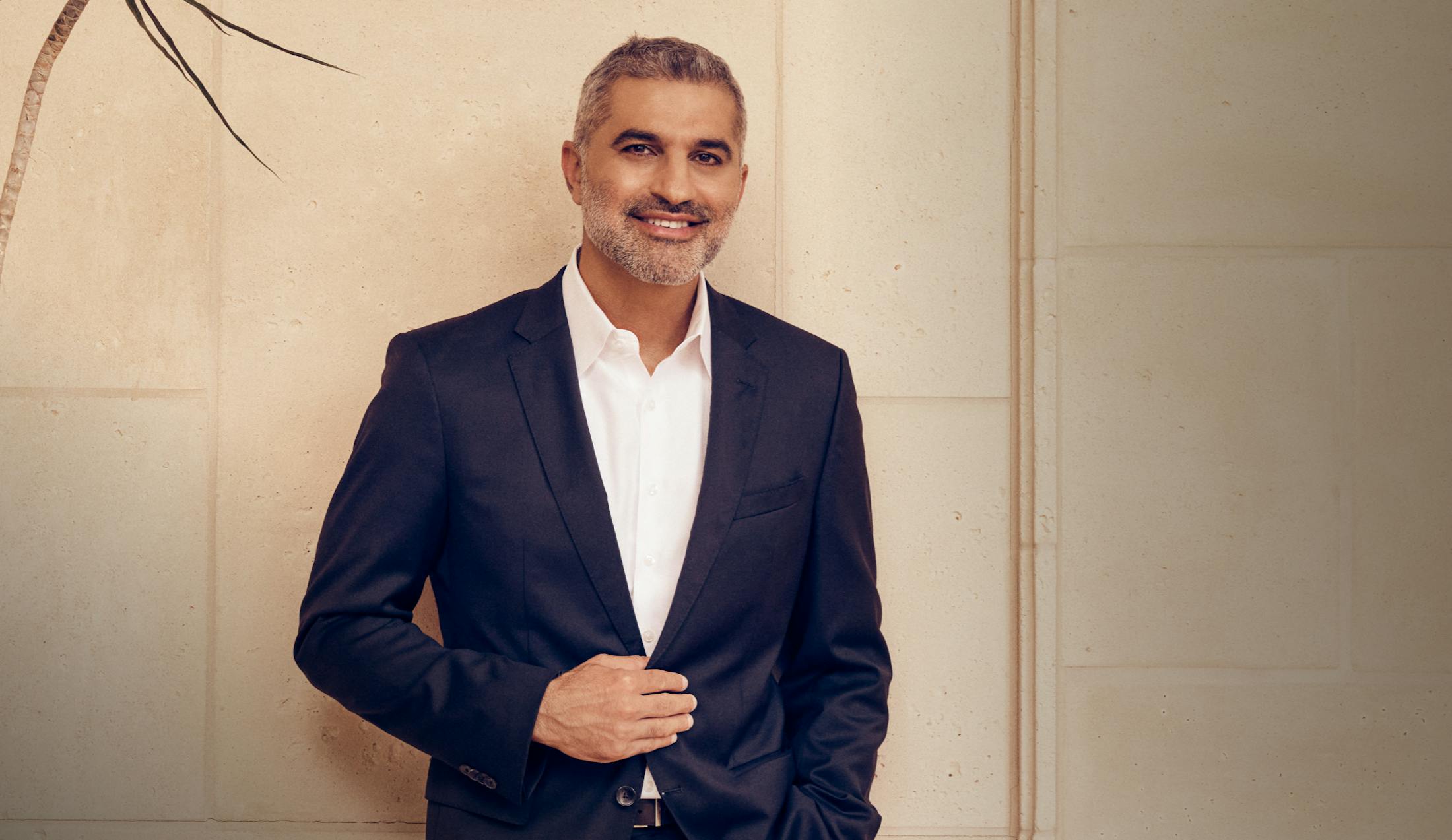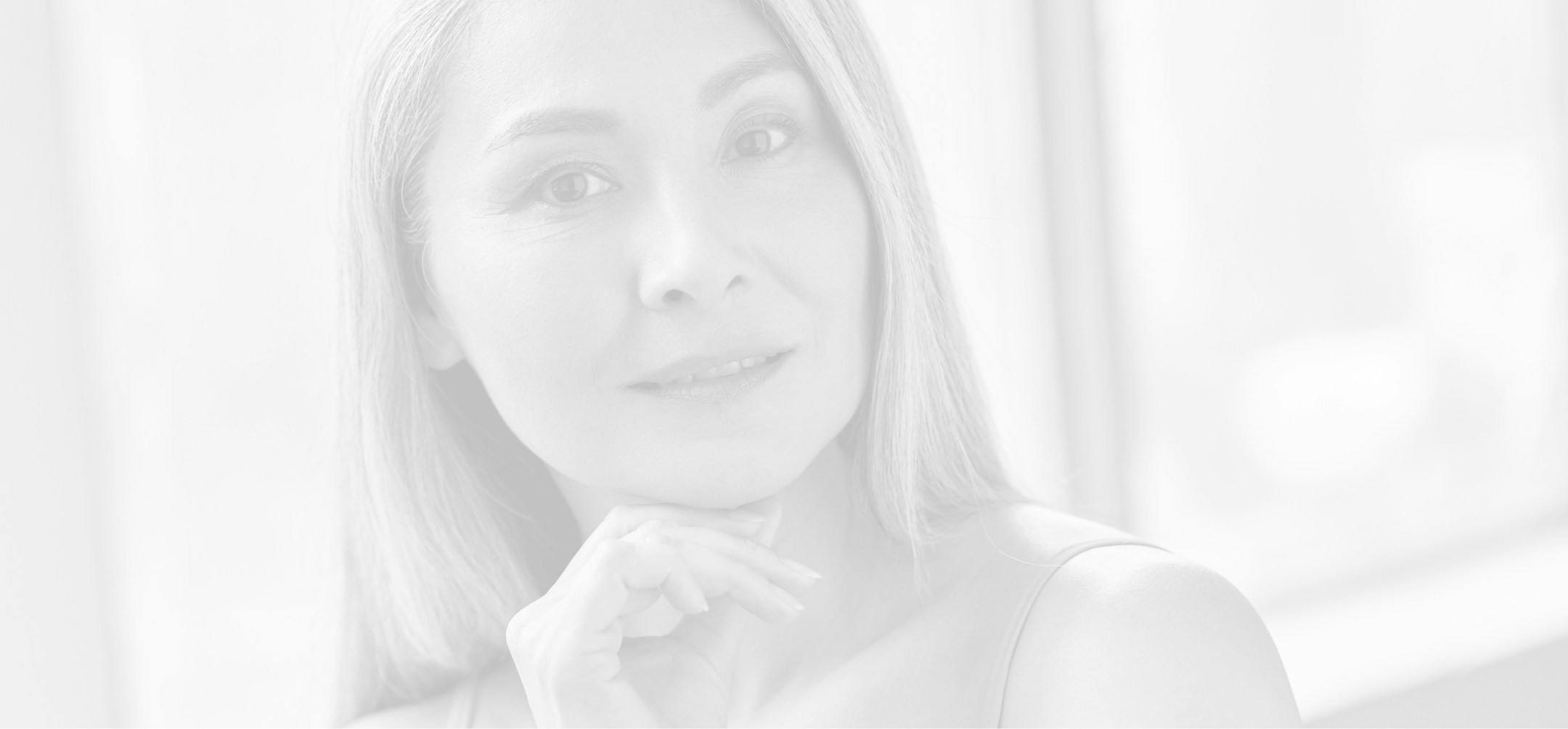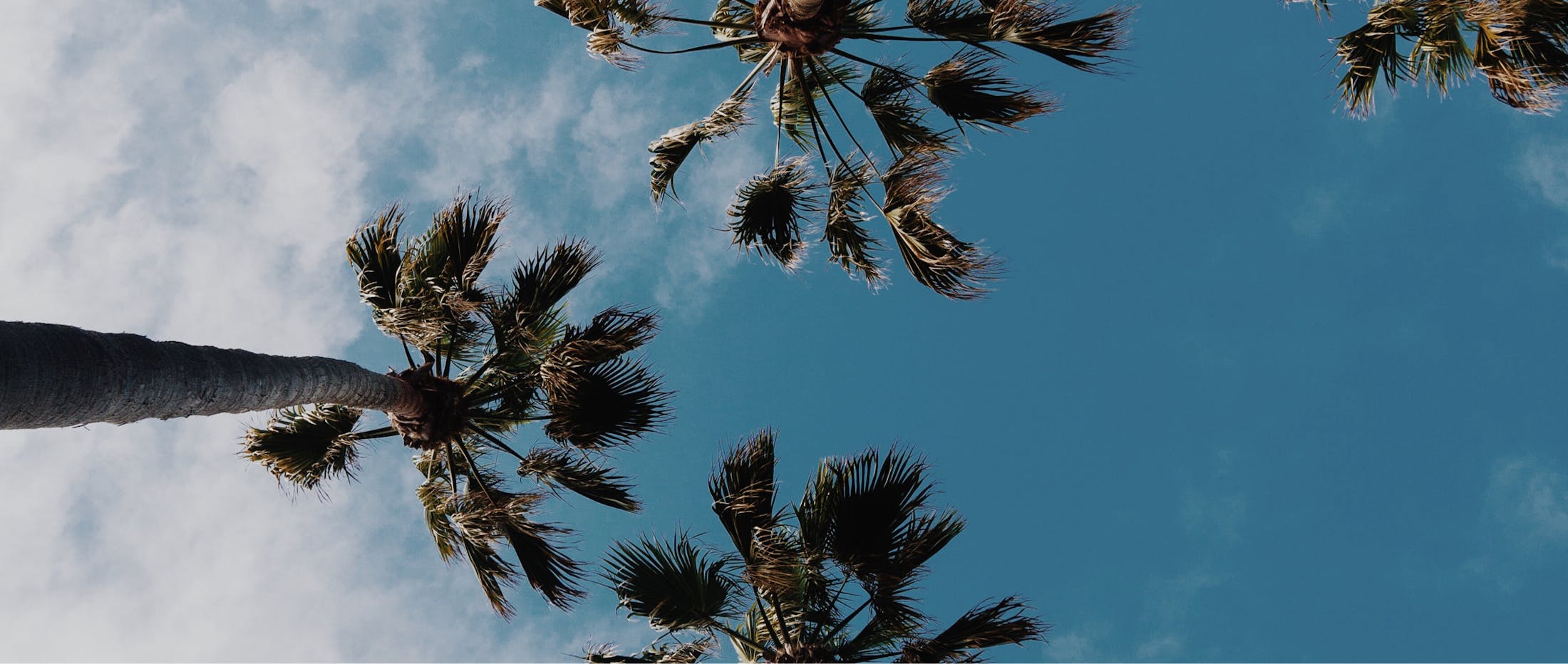Combat Aging of the Upper Face with a Transformative Lateral Brow Lift from Dr. Karam
There are countless features of the face that contribute to aging that many people never even consider, like the eyebrows. During youth, the lateral brow sits above the upper orbital bony rim and is slightly higher than the inner brow, and the vector of the tail of the eyebrow is more horizontal. This slight arch results in an open, bright look around the eyes and a fresh, vibrant gaze we all associate with youth.
To understand the process of eyebrow aging, it is important to look at photographs from younger years and use them as a guide. The eyebrow tends to descend with age, but not the entire eyebrow. The lateral (outer or tail) brow begins to descend during the 40s and 50s in most individuals, while the inner brow remains essentially in the same position.
Recognizing this specific pattern is the impetus behind the lateral brow lift in San Diego, which is designed to position the brow back in its original place, avoiding the creation of a “new look” or “surprised” expression that results from the unnatural elevation of the inner and central brow region.
The reason for the drooping lateral brow is simple: the outer brow is not attached to any muscles directly, only the superficial temporal fascia, which is attached to the SMAS (superficial musculoaponeurotic system) that connects with the lower face and neck. As the SMAS descends downward, it pulls the lateral brow with it. It’s also important to note that the lateral brow sits over the temporal fat pad and the brow fat pad, and as these structures lose volume, the lateral brow segment moves inferiorly.
The inner brow, on the other hand, does not move with age because of its attachment to the muscles and bone. The combination of these changes (descent of the lateral brow with fixation of the inner brow) results in a C–shaped brow that is consistent with an aged appearance.
The net effects of these changes are heaviness and hooding along the outer eyelid region and crowding of the upper eyelid. This is that telltale, haggard droop of the eyes that masks those twinkling windows to the soul.
Placing your fingers along the temple and lifting upward will illustrate the degree of laxity and replicate the effect of a vertical and direct lift at this level. The laxity and heaviness make the eyes look tired and less “fresh,” but simply lifting the outer tail of the brow minimizes those effects instantly in a natural-looking way.
In contrast, when elevating the inner and central brow, the expression looks different and surprised, as well as less natural and attractive.

